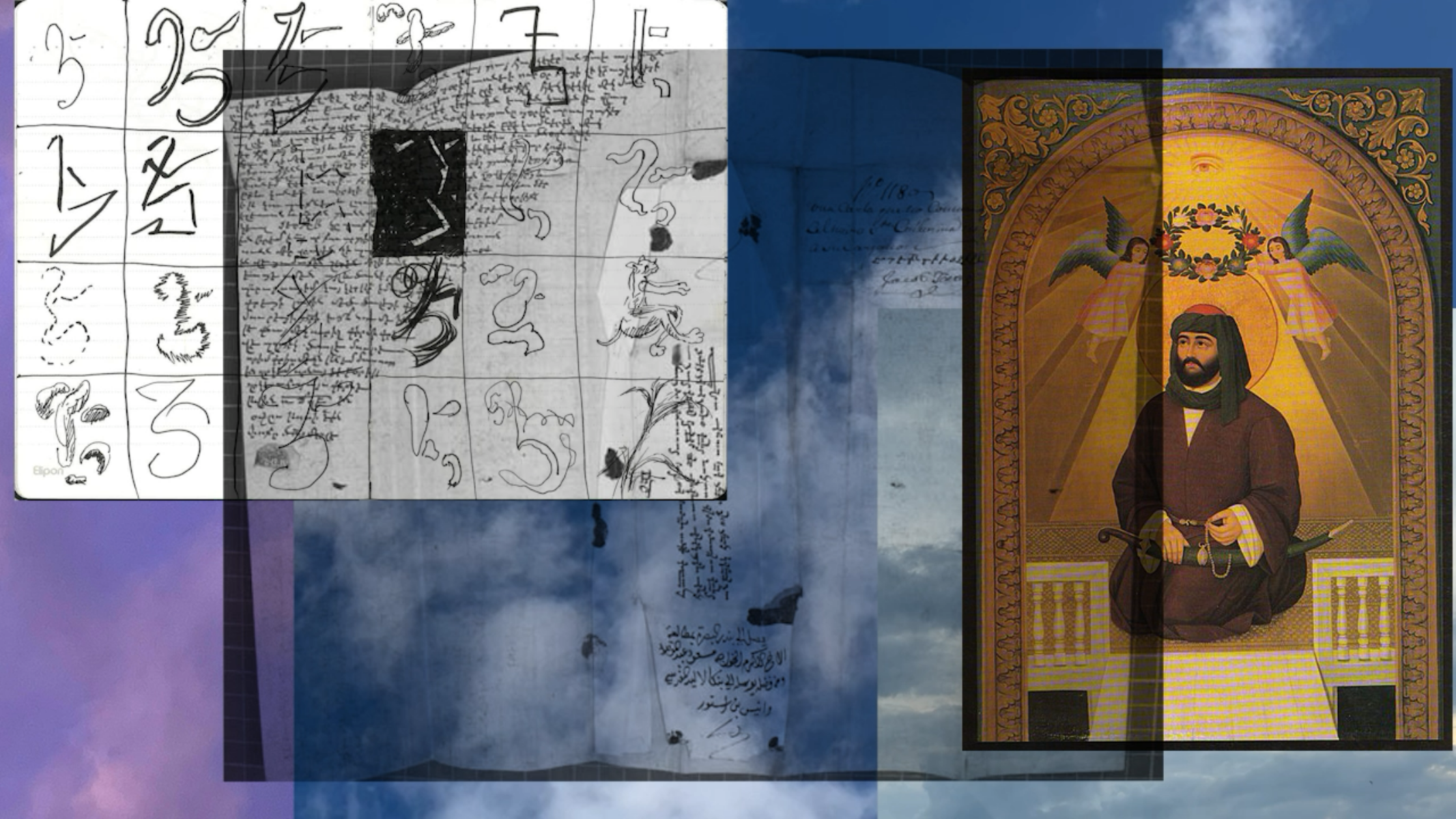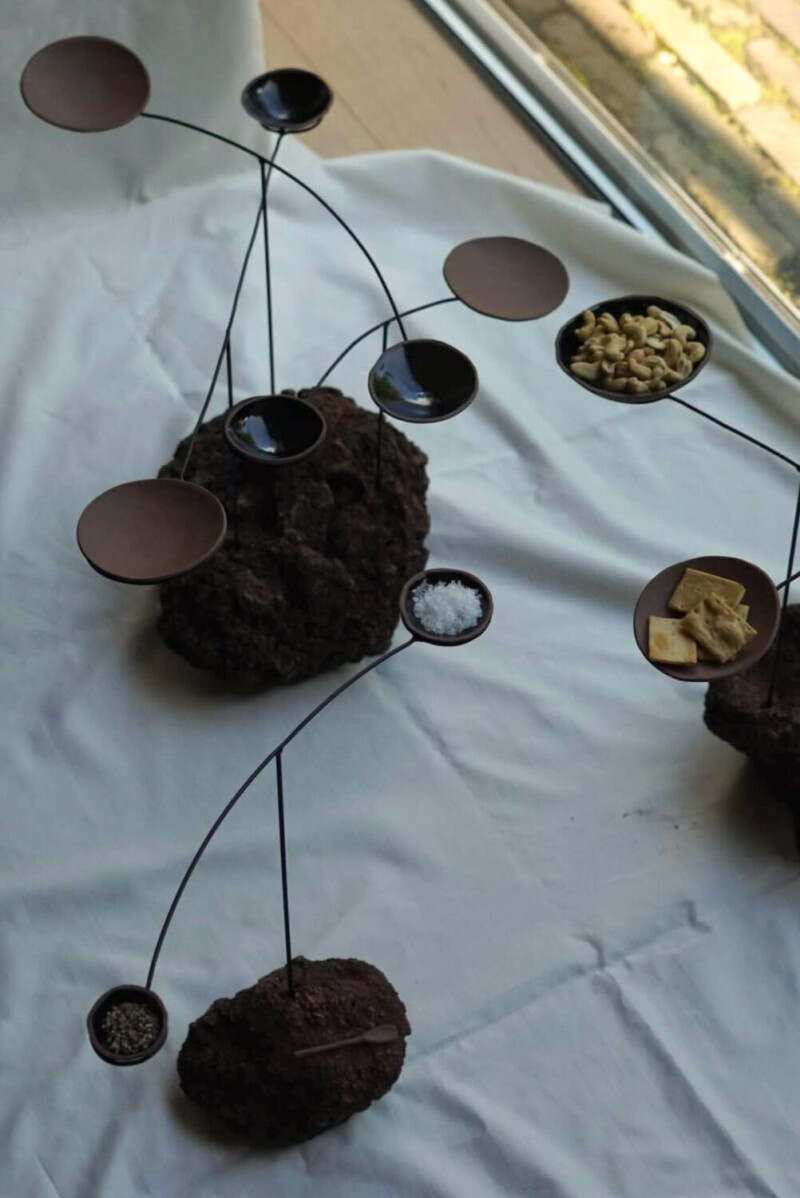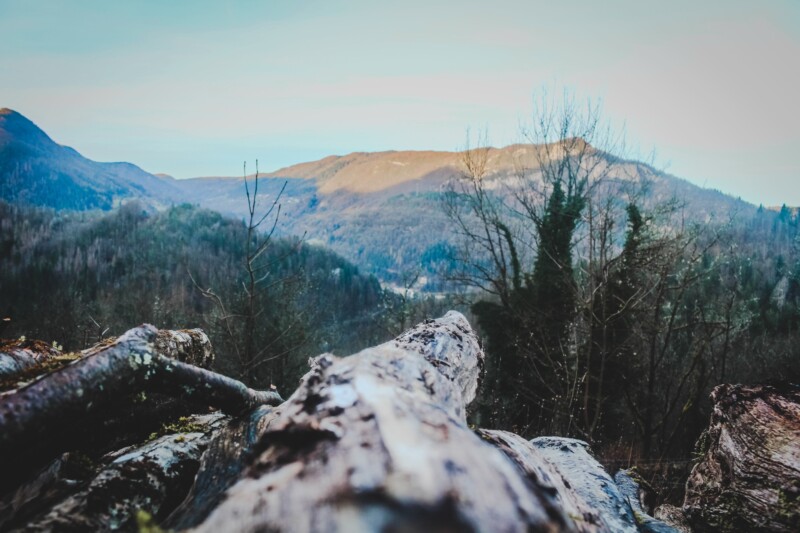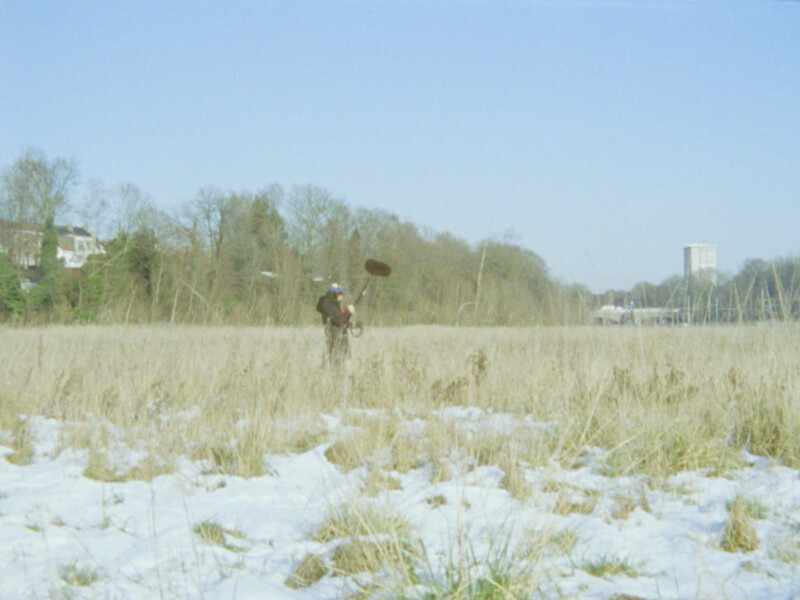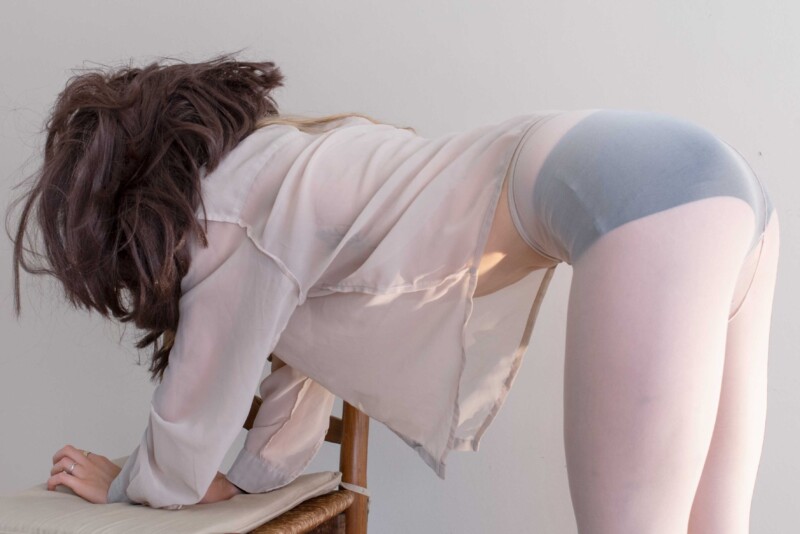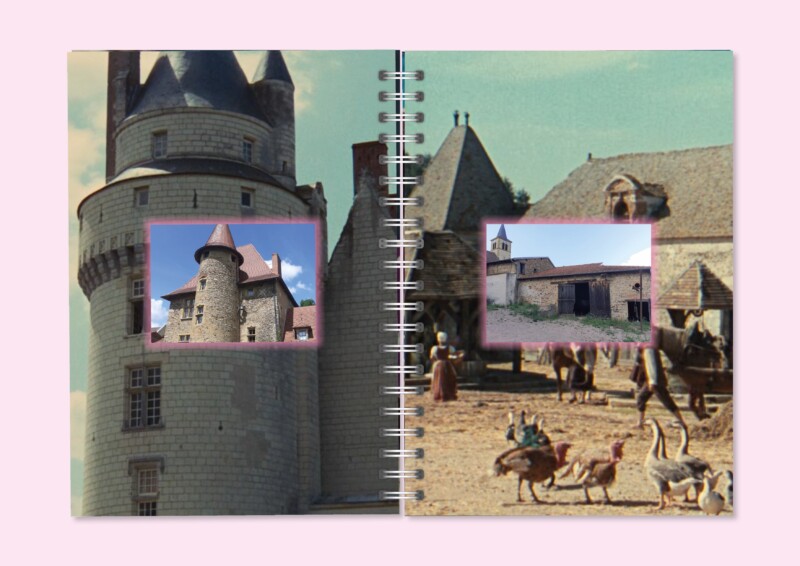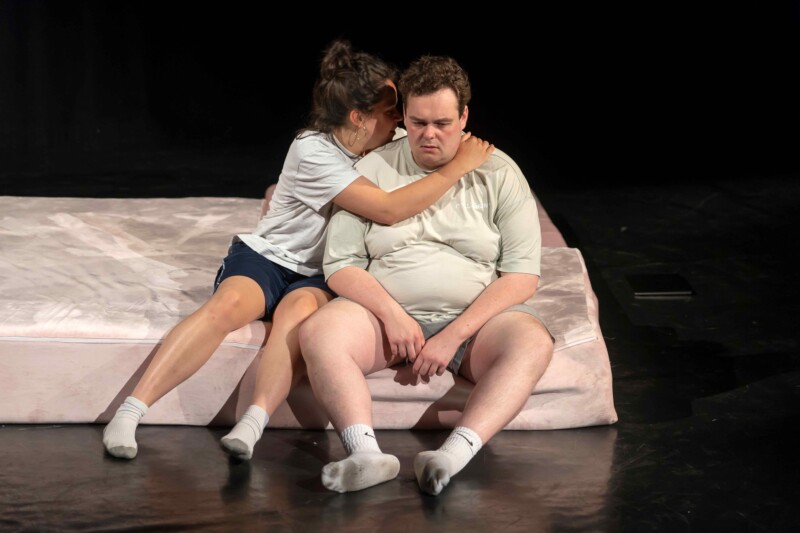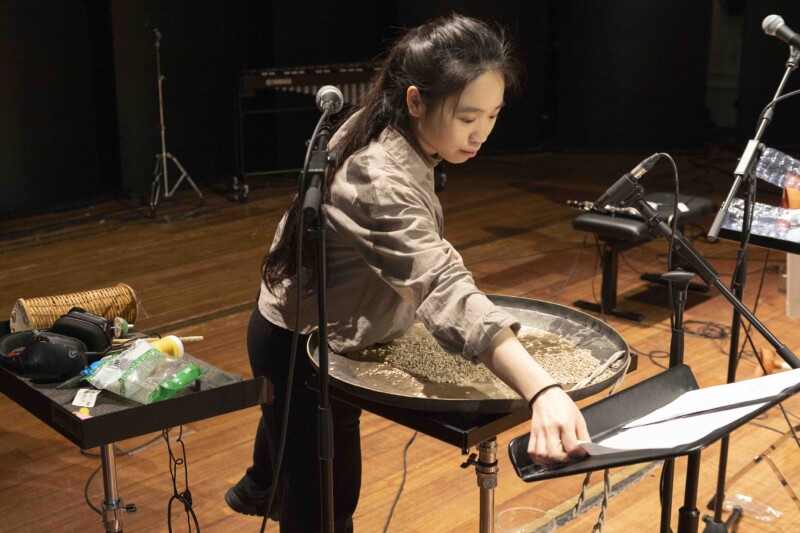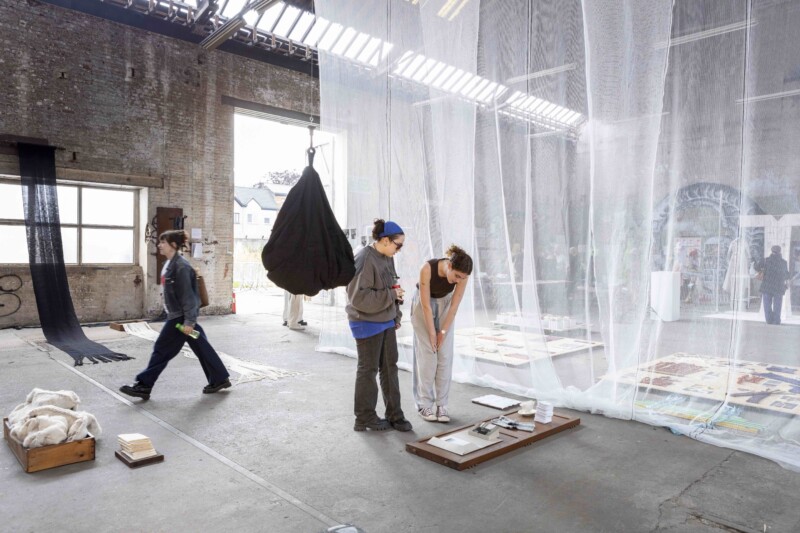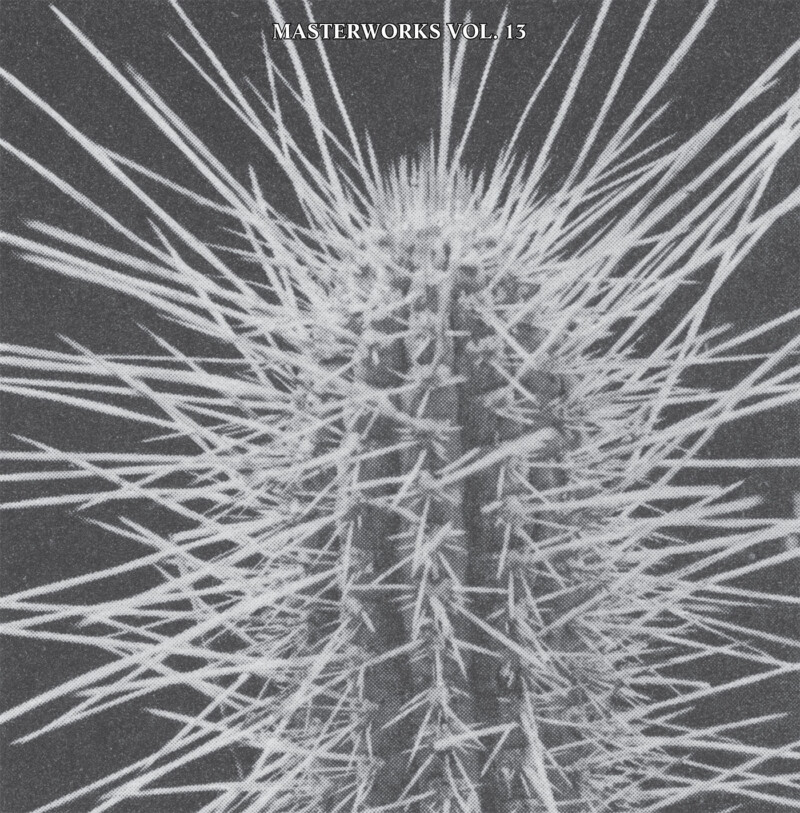To confuse, to disorient
Last March, along the course of an unusually rainy week, Seppe-Hazel Laeremans invited Abel Hartooni to virtually meet up to collectively essay around disorientation. In a shared document they penned down personal anecdotes, previously shared conversations, and entangled theoretical frameworks; one from their studio and bedroom in Ghent, the other from their desk and coffee table in Porto. To confuse, to disorient shaped into a reflective text about how, where, and why their two artistic practices knot together.
To confuse, to disorient is a second out of four essays Seppe-Hazel Laeremans wrote with Barbi García and Abel Hartooni, and to Giulia Maria Reis and Sjoerd Beijers, which they later published as part of chapters four to seven of Ten Attempts to Translate Desnortear-se. A text about language and translation, in a language that speaks many languages, we deliberately leave untranslated.
First published during Curatorial Studies’ Jumping Fences satellite exhibition in Vleeshal, Middelburg, To confuse, to disorient later became the meeting ground for a joint exhibition with Abel Hartooni, as part of Seppe-Hazel Laeremans’ residency in Het Paviljoen. For the occasion, Fae Felis wrote a personal letter in response and baked olive focaccias.

A few months ago I climbed through your window to talk about the salt in the merchant’s letter and now we dream about May and sharing the meadow in front of your studio. I will pick flowers for sure. We return to the same book by Sara Ahmed you gifted me a copy of. You wrote something so lovely on the title page I have been afraid to lose it since. We follow a path; We become the path. You and I share ‘such a feeling of shattering, or being shattered’ Ahmed writes about.1 And we quote her when talking about ‘queer as in ‘oblique’ or ‘off line.’ Queer as in odd, bent, twisted. In a way we can see that the word itself ‘twists.’1 And you and I twist along.
We think of Gloria Anzaldúa, and her middle name E. The seventh letter of the Armenian alphabet, that was placed on top of the commercial documents of the Julfan merchants, invoking the presence of the God.2 You mention ‘Borderlands, La Frontera,’ and I have it at hand. I read you this from ‘Luz en lo Oscuro’:
(…), you remind yourself that confusion is a necessary stage of creating, that the disequilibrium brought on by disorganization and chaos forces you to use your imagination to right the balance and compose in a better order. You’re trying to teach yourself, as Clarice Lispector put it, ‘to bear the frustrating discomfort of disorder.’3
We’ve shared many more chats about confusion, and chaos, and these imbalances, over wine or in your painting studio. And we meet again at a source, water and thoughts spill all over, we return to Lispector’s page forty-two. ‘E nada ali fora feito por mim. No resto da casa o sol se filtrava de fora para dentro, raio ameno por raio ameno, resultado do jogo duplo de cortinas pesadas e leves. Mas ali o sol não parecia vir de fora para dentro: lá era o próprio lugar do sol, fixado e imóvel numa dureza de luz como se nem de noite o quarto fechasse a pálpebra.’4 I think you might like the next part too. ‘Tudo ali eram nervos seccionados que tivessem secado suas extremidades em arame. Eu me preparara para limpar coisas sujas mas lidar com aquela ausência me desnorteava.’4 We talk about the sun, and how she wrote and you question this absence. ‘The absence?’ There was the sun’s place, as meant to be; fixed and immobile in a hardness of light as if the room didn’t even close its eyelid at night.5 You mention the tower of Babel, and the confusion of the languages after the wrath of the Lord was imposed upon the people. And you read me Sun Ra.6
The meaning of the word is still confused, and the translation itself too, so we reword for each other.
I remember when Joram found a Dutch copy of ‘A Paixão segundo G.H.’ and desnortear-se was translated as zich verwarren, to confuse oneself. First I disagreed, then it felt quite beautiful actually. We continue our little queer and sunny chaos, stratocumulus approaching on the horizon; thinking (?) of how some terminologies get translated into the lived experiences of other sexual experiences, how they are inadequate to the task of representing the polyglot histories that they are made to bear.7
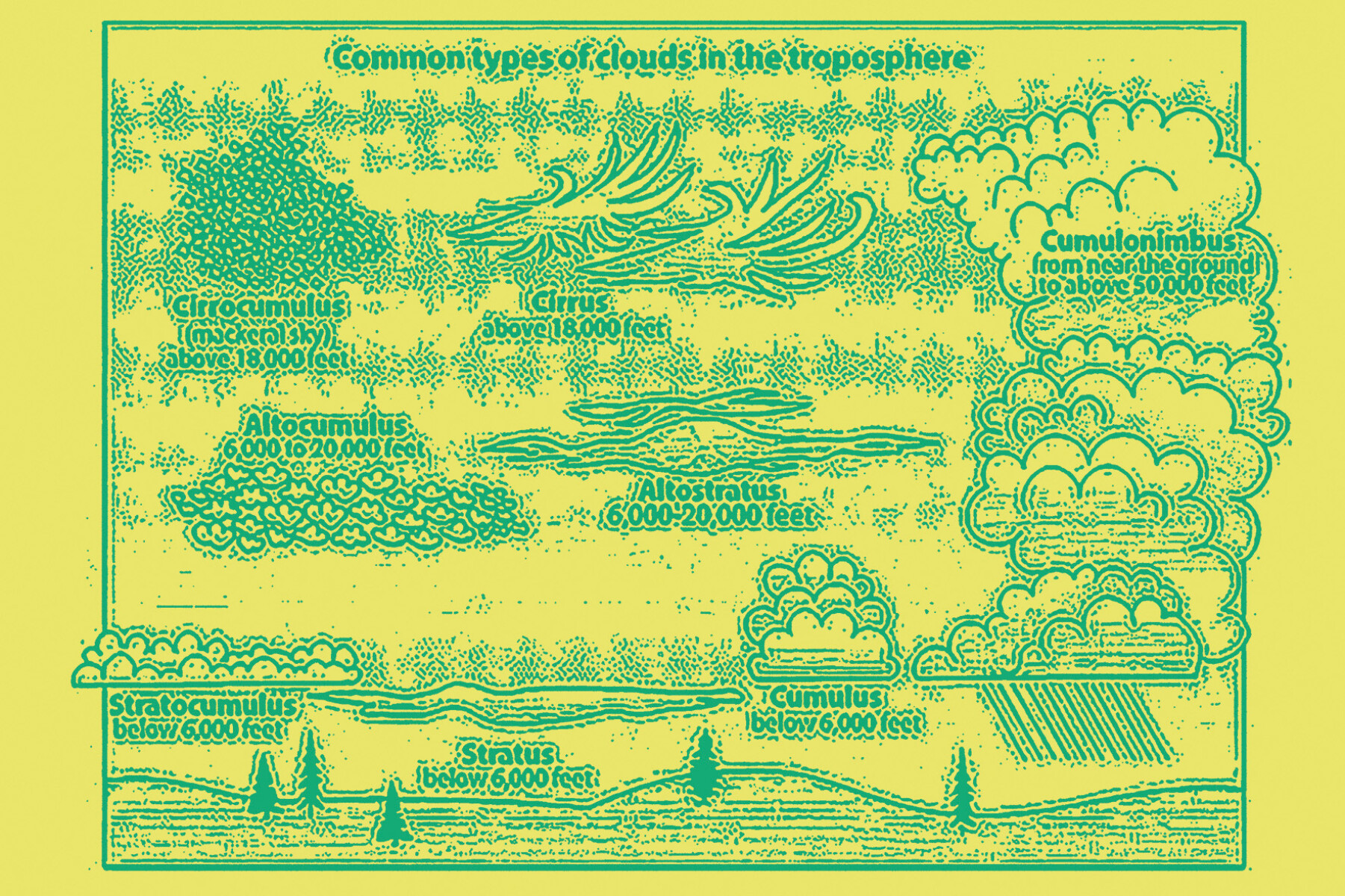
We talk clouds. You describe them as suspended moving water particles gathering in ephemeral gestures, moving. Con-stant flux. Something to look through (with), catching the sunlight on our faces, once again raio ameno por raio ameno. You find them fascinating. Wandering be-ing-comings.
آن کلاغی که پرید،
از فراز سرما
و فرو رفت در اندیشه ی آشفته ی ابری ولگرد
8
(...) and sank into the confused thoughts of the wandering cloud
We both currently live cloudy lives, I write to you from 24 de Agosto, you write to me from Dendermondsesteenweg 460. Weathering, I can see fragments of the blue sky gleaming behind this Belgian endeavor. The movement of the clouds obscuring the blue behind? It’s kind of funny to call the name of a nation-state when addressing these always mobile flying cottons. La nube does not stop at borders.3
This wandering cloud was the entry point for my cloudscape paintings exactly three years ago. Nowrooz of 1400, the start of the new century. You mention having been one too in a kindergarten play when you were three.
I hope you have footage!
We wander as Oedipus did. The swollen feet by the crossroad. We once again remember Ahmed. Queer from the Greek for cross.1 We’re at our own crossroad, deciding our next move, our path; but you render his story differently; one of many retellings. The alchemical Oedipus, that absolute paradigm of tragedy and disaster here becomes a model of life, the hero. But what matters perhaps is the wandering itself.
I remember the two of us with Arno wandering through the forests nearby Eupen. It started raining and so we sheltered in a hunter’s watchhouse, un mirador, une échelle d’affut; actually eine Ansitzeinrichtung. We wander off. We continued deciding which path to take and probably walked in circles. It doesn’t matter because the mountain, as we have seen, is never the same twice. We re-search; ‘No walk, no climb, can ever be identical to what went before.’9 or how Tosquelles suggests that a principle of knowledge can be found in the soles of the feet, which is triggered when we stand up and walk.10

Something always escapes, is always absent, maybe the truth? ‘The absence?’ That slippery, fugitive cloudlike blob, river,11 rhizome, withering, waterfall. We indulge in it, and attempt to feel at home in the unhomely. ‘Not comfortable but home.’12 It is in the moving away from the home to find a home in the not-home.1 Now you flounder in the chaos, now feel cradled en la calma.3 Oh, how the lived experiences of migration might allow us to pose again the very question of orientation.1
We’re grasping clouds, and sometimes we catch a sentence, sometimes a thought. Sometimes we miss one. But how can you even grasp the cloud? And in the same way, how can you grasp the self as a fixed entity when it’s in a constant flux? Constantly shapeshifting, becoming, and remembering. You simply fail, your hands become wet; you can’t grab the air, nor the water. That tactile failure seems to be there with us, always. The rain has passed, and we finished our bread. And so we walk again.
1 Ahmed, Sara (2006) Queer phenomenology: orientations, objects, others
2 Aslanian, Sebouh D. (2011) From Indian Ocean to Mediterranean: The Global Trade Networks of Armenian Merchants from New Julfa
3 E. Anzaldúa, Gloria (2015) Light in the Dark / Luz en Lo Oscuro: Rewriting Identity, Spirituality, Reality
4 Lispector, Clarice (1964) A Paixão segundo G.H.
5 Lispector, Clarice (1964) A Passion according to G.H., translated by Sousa, Ronald W. (1988)
6 Sun Ra (2005) The Confusion of Words from The immeasurable equations
7 Traub, Valerie (2003) The Past Is a Foreign Country?, from The Times and Spaces of Islamicate Sexuality Studies, Islamicate sexualities, edited by Afaneh Najmabadi and Kathryn Babayan
8 Farrokhzad, Forough (1923-24) Another birth
9 Ingold, Tim (2018) Anthropology Between Art and Science: An Essay on the Meaning of Research
10 Tosquelles, Francesc/François (n.d.) Various statements
11 García, Barbi (2023) Escuchemos la Cascada
12 Anzaldúa, Gloria E. (1987) Borderlands/La Frontera: The New Mestiza
Text: Seppe-Hazel Laeremans en Abel Hartooni




